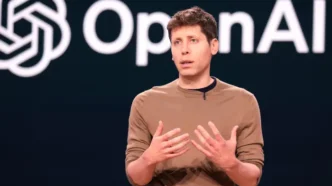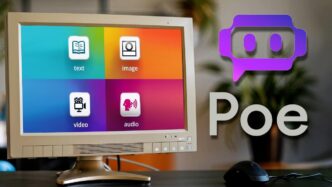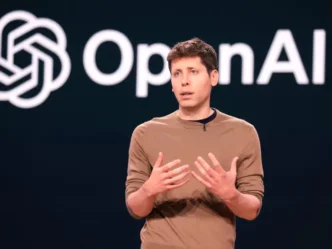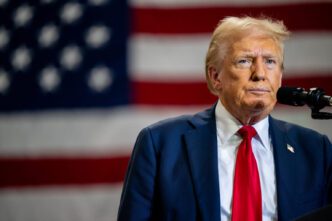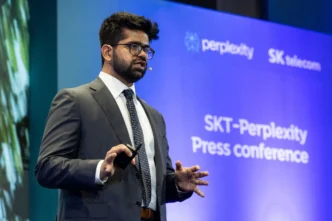OpenAI just rolled out a powerful new upgrade to ChatGPT’s image generation capabilities. Marking the platform’s biggest visual leap in over a year. During a livestream Tuesday, CEO Sam Altman confirmed that ChatGPT can now natively create and edit images and photos — thanks to the company’s advanced GPT-4o model.
Until now, GPT-4o had only powered ChatGPT’s text-based responses. But this new update changes that, unlocking AI-generated visuals directly inside the chatbot experience. The feature is now live for Pro subscribers on ChatGPT’s $200-a-month plan and available in Sora. OpenAI’s AI-driven video creation tool. OpenAI also plans to roll out image generation to Plus, free users, and developers using the API service soon.
According to OpenAI, GPT-4o produces more detailed and accurate images than its predecessor, DALL-E 3. It achieves this by “thinking” a little longer during the creation process — resulting in higher-quality visuals. Beyond creating new images, GPT-4o can also edit existing photos, including those featuring people. The AI is capable of transforming specific elements or performing advanced tasks like inpainting. Where it fills in missing or modified foreground and background details.
To fuel this capability, OpenAI told The Wall Street Journal it trained GPT-4o using publicly available data and proprietary datasets from content partners like Shutterstock. While many AI companies guard their training data as a competitive edge — and a legal liability — OpenAI made it clear it’s taking steps to address intellectual property concerns.
“We’re respectful of artists’ rights when it comes to output,” said Brad Lightcap, OpenAI’s chief operating officer. “We have strict policies preventing the generation of images that directly mimic any living artist’s work.”
OpenAI has also provided an opt-out form for creators who want their works excluded from future training sets. Additionally, the company says it honors requests to block its web-scraping bots from gathering images and other data from websites — a nod to ongoing debates about AI’s use of copyrighted content.
This update comes as generative AI competition heats up. Google recently launched native image generation inside Gemini 2.0 Flash, which quickly went viral — though not entirely for good reasons. Gemini’s system faced backlash after users found it could remove watermarks and generate images of copyrighted characters with little resistance.
By comparison, OpenAI is positioning ChatGPT image generation as a more robust, carefully designed feature that balances creativity with responsible AI use. With these new tools, users can create stunning visuals, edit photos, and generate complex scenes — all within ChatGPT.
